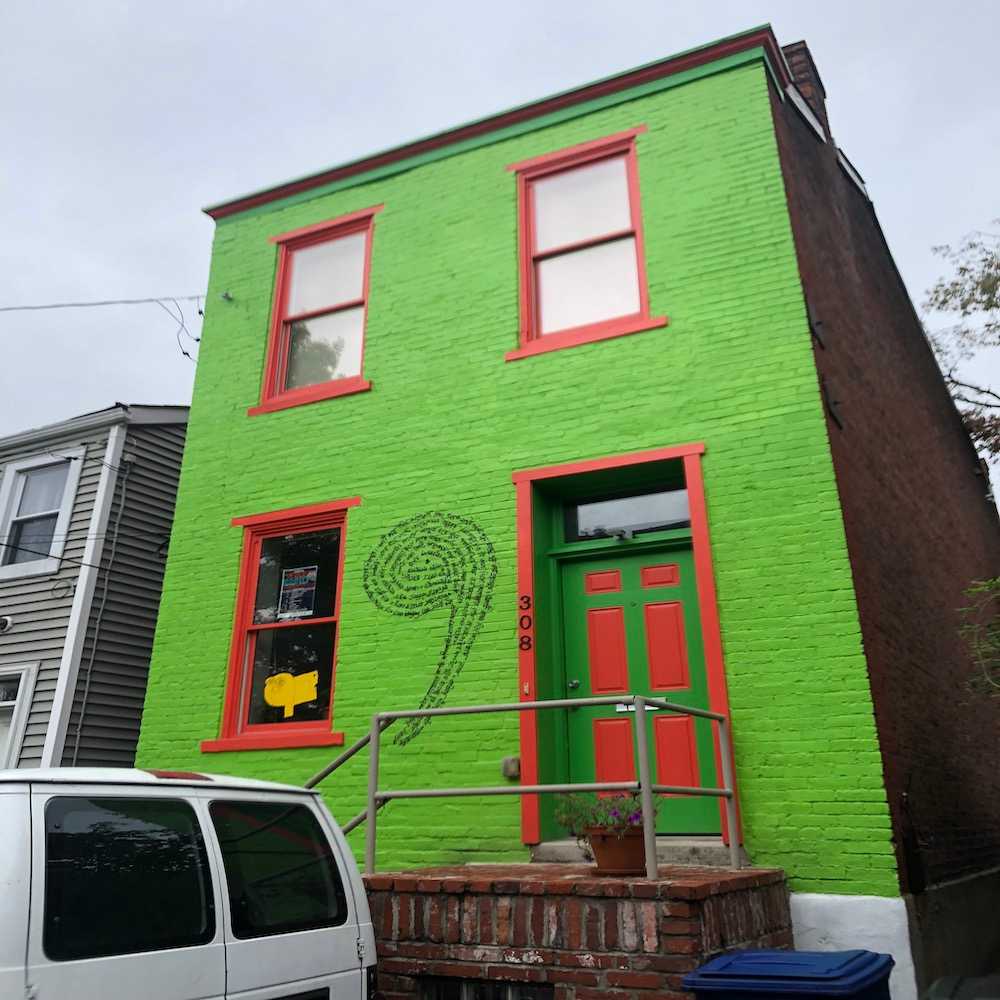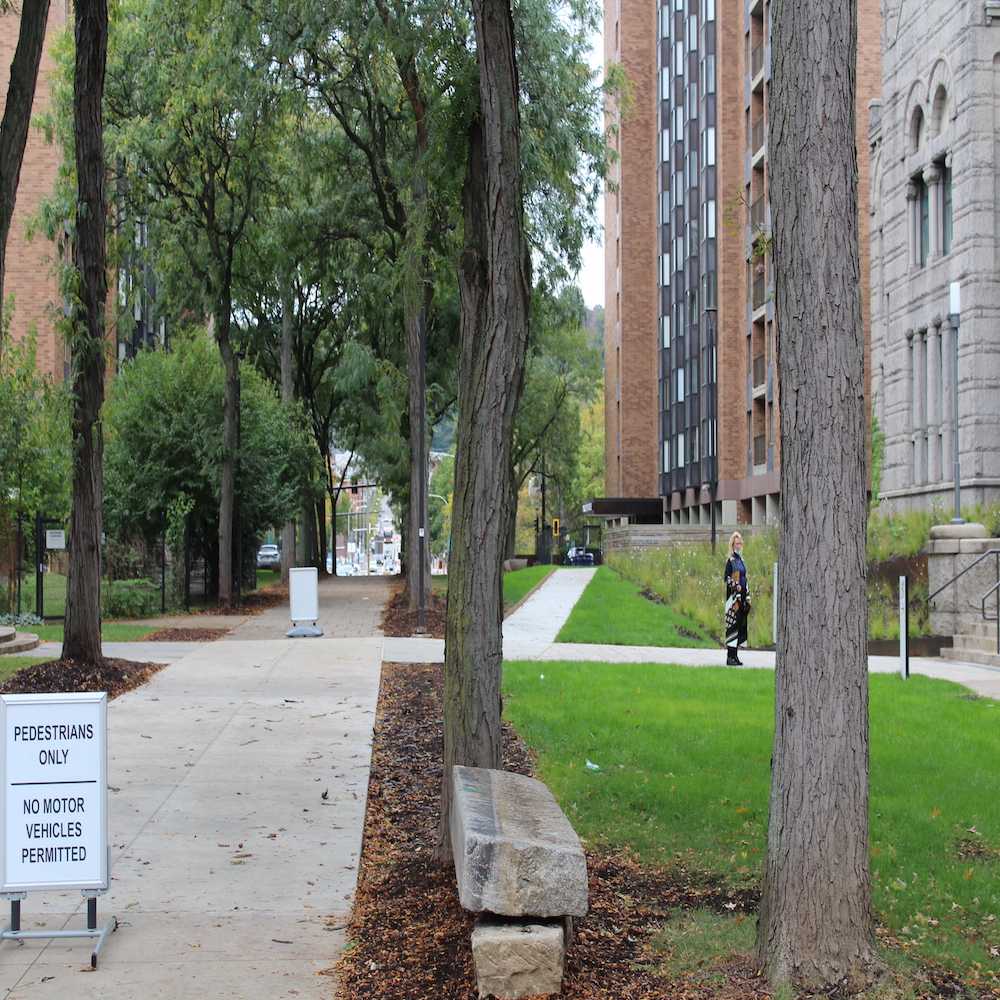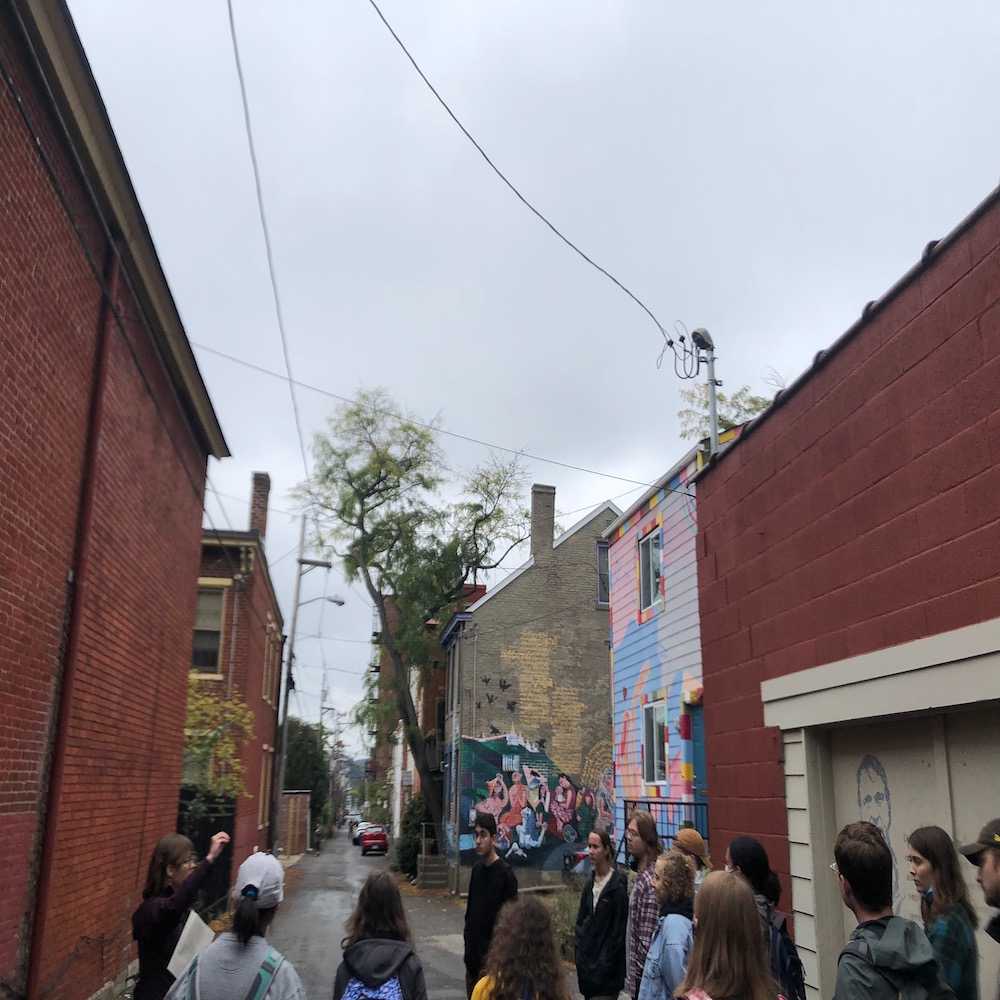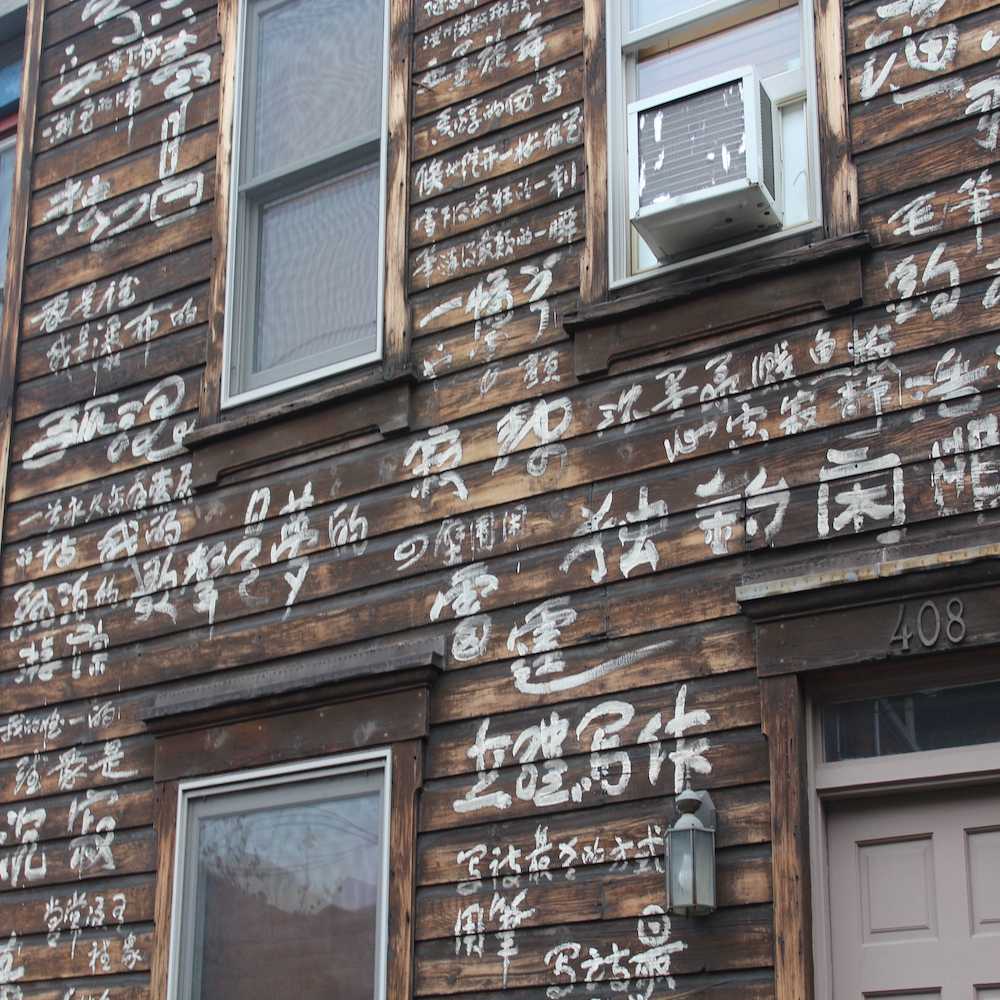Secret Pittsburgh
Paths of the North Side
By Trevor Crusciel
Have you ever wondered what makes a neighborhood feel like a neighborhood? Pittsburgh is often described as a city of neighborhoods that form the metropolitan area. One of the more historic neighborhoods in Pittsburgh, the North Side, is a cultural hub located just above Downtown along the Allegheny River. Originally known as Allegheny City, it was not until 1907 when the city of Pittsburgh annexed the area to what we know now as the North Side. The construction boom of the mid 1800’s helped to form this area full of rich history. The neighborhood was home to the original site of Phipps Conservatory and the first Carnegie Library. Today the North Side is home to popular attractions like the Mattress Factory, Randyland, and City of Asylum. These destinations and the history of the neighborhood make the North Side a must see for any tourist.
A city is made up of different elements that can work together to make each city unique. This idea is described by Kevin Lynch in his book The Image of the City. Lynch describes that a city can be classified into five different elements: paths, edges, districts, nodes, and landmarks. Each element is crucial in the structure of a city and creates a sense of singularity. For example, a path is what tourists and residents move along throughout a city. This could be streets, walkways, canals, or anywhere people travel in a structured way. However, these paths are not structured by themselves. Lynch states, “Districts are structured with nodes, defined by edges, penetrated by paths, and sprinkled with landmarks. Elements regularly overlap and pierce one another” (Lynch 48). The interaction and overlap of these elements are what make city sites engaging and charming to visitors.
The North Side illustrates this idea of elements coming together to structure a city in a unique way. Like many cities, paths dominate the North Side neighborhood. They offer routes that intersect with the different elements of the neighborhood, especially the landmarks. These paths allow people to observe the city as they pass through. This particular image describes a path where only pedestrians can travel. The North Side is dominated with paths that were created only for walking. These paths are links between buildings where it only makes sense for pedestrian travel. Eventually these paths come to an end and hit an edge.
One special path, Sampsonia Way, cuts through a particular line of homes. These homes are part of the City of Asylum chapter here in Pittsburgh. The City of Asylum houses refugee writers who were exiled from their home countries. The Cities of Asylum started in Europe and it was not until 2003 that the Pittsburgh chapter began. The Pittsburgh organization is unique as it is a grassroots institution that is supported by individuals and foundations. The chapter’s website states, “Rather than focusing on emergency relief and providing a temporary way-station for an exiled writer, City of Asylum/Pittsburgh’s commitment was to help the writer build a new home and a new life as part of the community” (“History”).
The image above was taken on Sampsonia Way with some of the City of Asylum houses in the background. The path is at this intersection of landmarks in the North Side. The Mattress Factory and Randyland are within short walking distance from this space. This path can be traveled by anyone who wants to admire the beauty of these homes. It’s easily accessible by car, public transportation, or walking. Just like Randyland, there are no restrictions as long as you’re respectful in this space. This is an active community where people live, which makes it a unique tourist attraction.
The homes on Sampsonia Way stick out in the North Side community. There are now five houses in the City of Asylum/Pittsburgh, each with a text-based artwork on the exterior of the home. Some are more vibrant than others, but each have a similar art style. This type of artwork is called “house publications” and have helped to make Sampsonia Way into a public art exhibit. It all started in 2004 when Chinese poet Huang Xiang arrived to the City of Asylum/Pittsburgh. He decided to cover his residence with Chinese calligraphies of his poems. This was his response to the censorship that he faced in China. Neighbors and visitors came to read his poems and support for the City of Asylum grew immensely. The outgrowing support led to the other four homes becoming art exhibits.
The newest addition to the City of Asylum “house publications” came this year, 2021. This vibrant green house is home to Tuhin Das, a refugee writer from Bangladesh. The house is named “Comma House” as the poem written on Tuhin’s home is in the shape of a comma. Tuhin states that the meaning of the comma is to represent the connecting of people with the passage of time. The Bangladeshi flag is green and red just like the exterior of the home. The green is meant to represent the fertile lands of Tuhin’s home country. While the red is used to honor the blood of the people killed during Bangladesh’s liberation war. Like the other homes on Sampsonia Way, the text on this house is written in the writer’s native language. However, the poems are all translated on the City of Asylum/Pittsburgh website for all to read and appreciate. The “Comma House” is a welcome addition to the City of Asylum community and a must see in the North Side.
Works Cited
Lynch, Kevin. The Image of the City. MIT Pr., 1979.
“History.” City of Asylum, 2015, https://cityofasylum.org/about/history/.



